Anzac Day Closure: Paarhammer will be closed from 4pm Wednesday the 24th of April, and will re-open on Monday 29th of April at 8am.
| Click here to view our latest blogs.
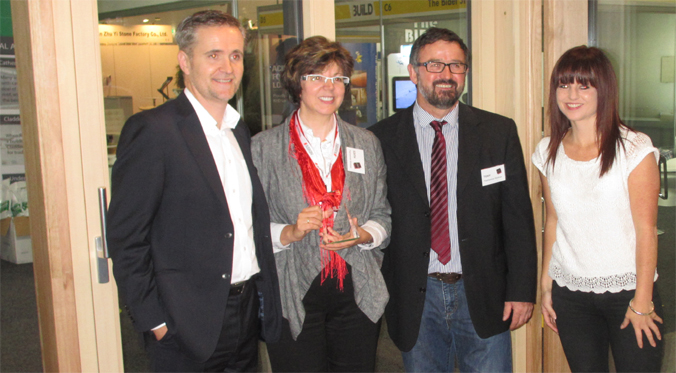
Award for ECO-Facade
Tuesday, April 15, 2014
Featured at Designbuild 2014, the Eco Façade by Paarhammer wins the Selector Best New Product Award 2014, sponsored by Selector and Architectural Product News, and Designbuild. The award encourages innovation, development and improvement of products for use in architectural projects, and the product must have been released to the Australian market during the 12 months prior to Designbuild 2014. The judges for 2014 include Clare Cousins, founding director of Clare Cousins Architects; Jeremy McLeod, founding director of Breathe Architecture; and Nick Deans, project professional at Woods Bagot. The energy efficient and sustainable glass façade, with a low U-value from 0.8,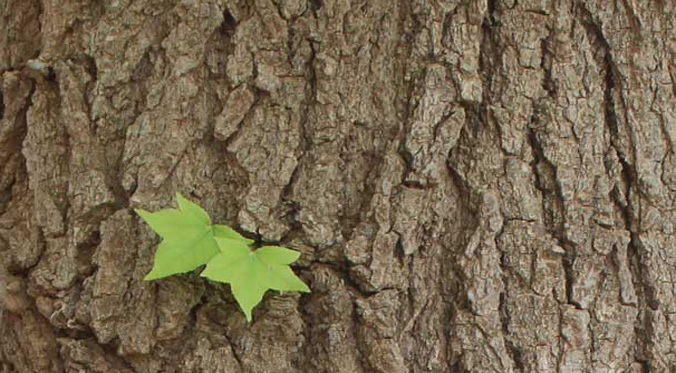
Back to Timber
Tuesday, November 12, 2013
For numerous reasons wood is making a come-back as building material of choice. Led by the famous award winning ‘Forte’ – the tallest apartment building made of cross laminated timber in the Southern Hemisphere, more and more architects are using timber in a major way. Michael Green and his firm in Canada developed North Americas tallest timber building with a height of 27.5metre, the new home of the Wood Innovation and Design Centre. In Australia, Peter Maddison, award winning architect and presenter of Grand Design Australia, says in a commercial by ‘Wood Naturally Better’ that “wood stores carbon and carbon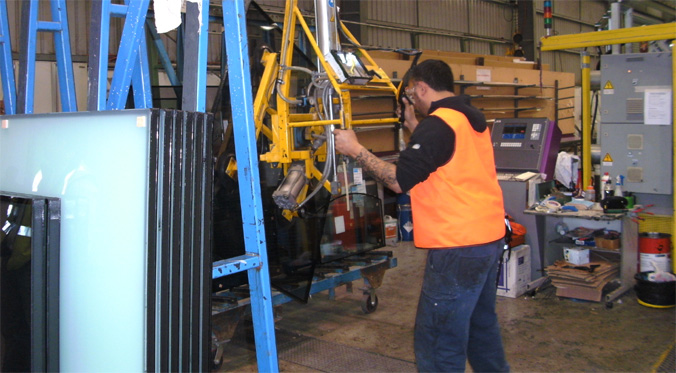
Glass Matters Explained
Sunday, October 13, 2013
Glass is an important factor for the performance of windows and doors. Here are some terms and explanations and how glass can be used: Annealed Glass the common flat glass often used in double glazing. It tends to break into large jagged shards. Toughened Glass annealed glass is heated to above 600 °C and the surface then rapidly cooled, resulting in increased resistance to breakage. If it does break it breaks into small regular, mostly square fragments. Laminated glass this is made of two or more layers of glass with an interlayer bonded in between, providing safety and security. In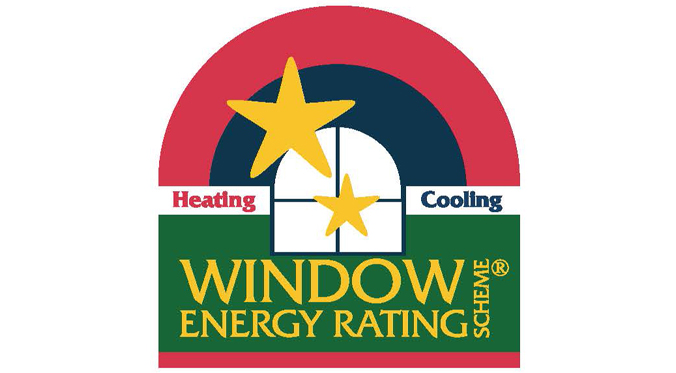
Energy Rating Certificate
Friday, August 09, 2013
When you talk about the energy efficiency of windows, it is not just the glass but the whole window system, which includes the frame, glass, seals and spacers. All components make a difference to the energy used in your home. Tested window products receive a rating called the U-value. A lower number indicates more energy efficiency. The U-value can be as high as 7.5 in some windows and doors and as low as 0.8 for extremely energy efficient products (0.8 is Paarhammer’s latest and best rating). The testing of energy efficiency must be performed by a rating organisation which is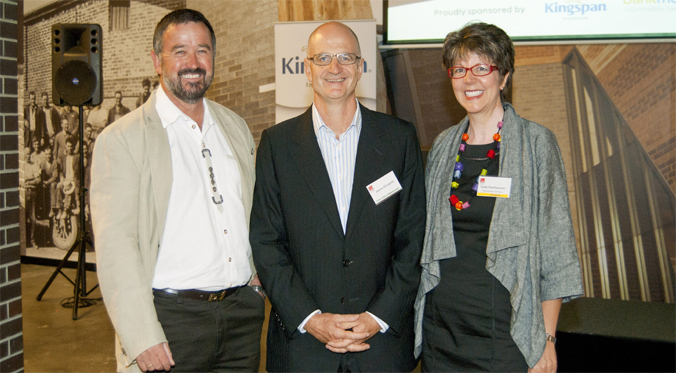
BDAV's 10-Star Challenge
Thursday, March 14, 2013
The Building Designers Association of Victoria's now famous 10-Star Challenge is in it's third year. Ambassador this year is James O'Loughlin of 'The New Inventors' fame who officially launched the Challenge on Wednesday night. Paarhammer is a proud sponsor. The 10-Star Challenge is for conceptual projects that combine admirable architecture with energy efficient planning solutions and materials utilisation. There is increased interest and commitment by consumers to reducing their carbon footprint and minimise ever-increasing energy bills. The campaign helps the design community to focus on the benefits of sustainable design for dwellings. Last years winner of the 10-Star Challenge for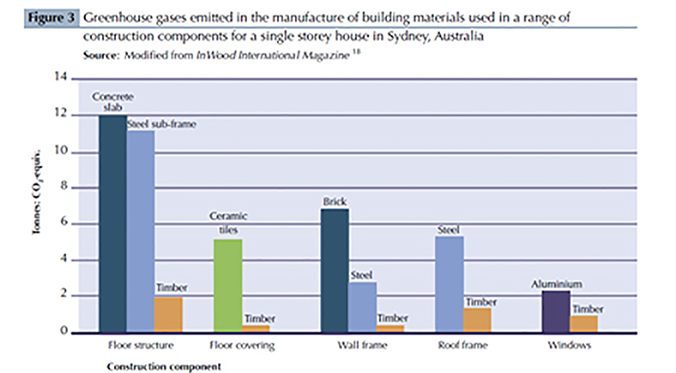
Life Cycle Analysis - LCA
Wednesday, March 06, 2013
What is LCA? Life cycle analysis or LCA is a method of measuring the environmental impacts of building products over their whole life. The aim of a life cycle analysis is to identify, quantify and assess the impact of the energy and materials used and wastes released to the environment throughout the life of a building product. There are many life cycle analysis methodologies and all vary in their range and complexity but it all comes back to sustainability. The life cycle analysis of timber follows the piece of wood from harvesting, manufacture, construction and product life to recycling and